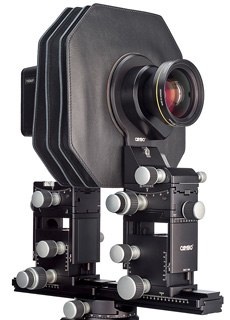
Photographic, Inc.

Bear Images
Technical Cameras
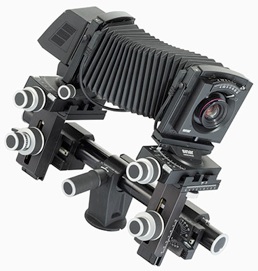
There is a dizzying array of options in the technical camera realm, and our intent is to help demystify the systems to assist you in choosing the right solution. As always, if you have specific questions or are ready to talk more seriously about any of these solutions, please feel free to give us a call at Bear Images to talk about your unique shooting requirements.
What Is Available?

Which Camera is Right For Me?
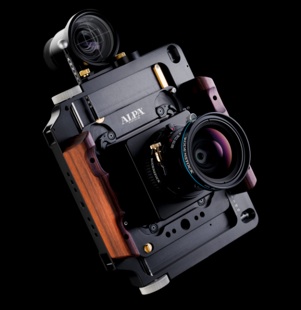
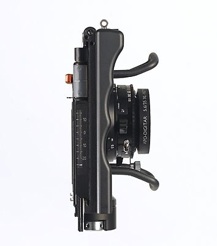
Specialized cameras such as the rePro offer precision and control for repeatable macro and close-up photography (7). Even economy based dSLR camera bodies can be utilized with view camera interfaces, such as the pSLR (8) providing many of the optical adjustments of a tradition view camera..
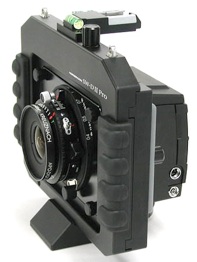

What About Lenses?
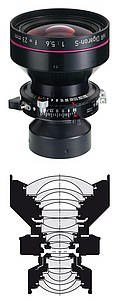
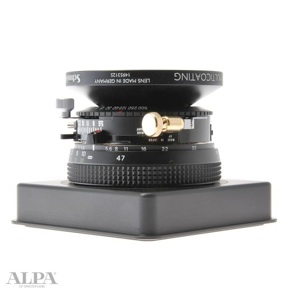
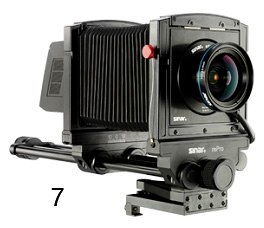
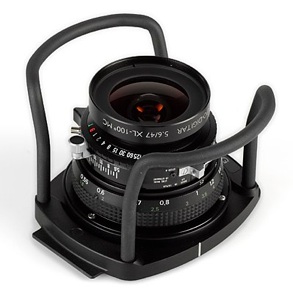
With so many options and abilities available, there’s sure to be a system which meets your needs. You likely still have some questions about what fits what or how it all works together, please let us know, we’ll be happy to help! •
1
2
5
4
6

Bear Images Photographic, Inc. • San Francisco, CA. 94107 • 650-321-2327 • support@bearimages.com
These are just a few of the available solutions that we carry and recommend. If you’d like to discuss your specific requirements, please give us a call at Bear Images. 650-321-2327



Technical Cameras

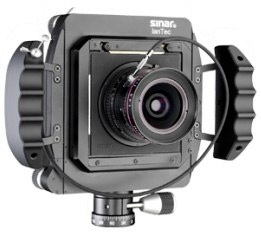
Sinar’s LanTec, is a compact and handy alternative for landscape and architecture, based upon the Sianr arTec system with available Rodenstock lenses ranging from 23mm to 135mm.
The Best Way to determine which Camera Is Best for You, is to discuss it with an expert and see it for yourself - We use these tools, we know these systems and we are happy to assist you with them.
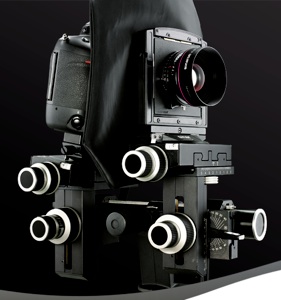
The Sinar p SLR was developed especially for photographers who wish to avail themselves of the unique advantages and quality characteristics of a Sinar view camera while using their digital single lens reflex cameras. Exact control of the perspective and selective sharpness – the most important creative tools in photography – can be set and evaluated precisely on a view camera. All these advantages now have also become available to users of “35 mm” cameras AND the Leica S Medium Format SLR. This well thought-out solution is further enhanced by the significant increase in quality provided by the use of high resolution lenses developed by Rodenstock especially for digital photography. Exciting and creative results can be achieved with many existing view-camera lenses.
When digital back is not available, this solution can add the controls many photographers require. Sinar p-SLR

The portable, small and lightweight Cambo ACTUS DB is one of the most exciting technical cameras available. ACTUS-DB is specifically targeted at the use of Digital Backs from PhaseOne, Mamiya-Leaf and Hasselblad. With the use of view camera movements the photographer will be able to be more versatile, be more creative and will be getting more professional results much faster than before.
But still size matters, the Cambo ACTUS-DB has been designed to give maximum functionality with minimal dimensions to support portability at ease.
The Cambo ACTUS_DB is small and lightweight and fits easily in a small case.
Expand the usability of your camera system
• View camera movement for selective sharpness
• Rear Shift movement to stitch wider angle images
• Focal plane shifts to increase file size
• Quick transfer between Landscape/portrait
• Built-in macro extension
• Use of various lens designs
• Interchangeable bellows options
Enhance your creativity with the Cambo
• Use tilts and swings to place exact sharpness where needed
• Create selective optical unsharpness
• Use more of the image circle of your lenses
• Stitch your images without changing the lens position
• Focus closer and enlarge your subject without extension rings
• Make us of Rodenstock's and Schneider's best digital optics and also work with conventional Copal 0 and Copal 1 shuttered lenses.
• Ideal for use on location, minimal size and weight
Experience the possibilities of the Cambo ACTUS-DB
• Small size for easy portability - see image above
• Front standard offers geared tilt / swing both on-axis
• Lensplates are quickly interchangeable
• Quick slide focus adjustment rail
• Fine focus adjustment with precision gearing
• Shift movements vertical/horizontal in the focal plane
• Vertical movement supported by weight compensation
• Horizontal movements using quick sliding
• Zero clicks on all movements
• Image centered quick flip from landscape to portrait
• Arca compatible monorail, direct fit to Arca
compatible heads:Cambo CBH-6 and Linhof 3D Gear (pictured)
• Interchangeable inserts for digital backs, same as WRS cameras.



Alpa Tilt adapter, can be used with specially mounted Short-Barrel Lenses. This single direction adapter mounts behind the lens, typically on the SB lens mount and can be mounted in either a Tilt or in a Swing orientation, based upon which will produce the most enhancement to your focus control.
Alpa’s Tilt Adapter solution clipped to SB Lens.
Cambo’s Tilt and Swing Digital Lenses.
4
5
3
Interchangeable Lenspanel with Calibrated Helical Focusing
The Cambo WTS Lenspanel is dedicated to the use with Digital Backs (as pictured to the Left is the Rodenstock 4.0/32 HR Digaron-W lens with copal 0 shutter mounted in a helical focussing mount, is an excellent example). Note that the Tilt and Swing, geared mechanism is positioned as close to the optical center nodal-point, as physically possible
Cambo T/S Lenspanels features an integrated tilt and swing mechanism which can be operated with two precise gear-driven knobs up to 5 degrees Tilt up and down and 5 degrees Swing left and right, while both swing and tilt can be set independently, separately but also in combination.
The movements have a clear and forced zero position where the parallel setting to the focal plane is guaranteed.
Please Note: Prices, Promotions, Upgrades, All and Any Offers Subject to Change and Limitations Without Notice.
© Bear Images Photographic 2023

The Phase One XT is the easiest to use with portability for travel with pure easy of use, key in the design of camera optimized for image quality of choice of the highest-quality Rodenstock lenses, and the ability to utilize many existing Cambo WRS lenses, as well as special adapter for Zeiss and other manufacturers-including some Canon TSE Optics.
Single shutter button control to turn on Live-view and Make your Photograph. All controls for your Exposure are made on the IQ4 back display, and the ease of rotating form horizontal/vertical is only matched by the ease making the most accurate rise/fall and left/right shifts for stitching of images or for making optical adjustments to maximize your photographs perspective. The ideal travel camera for some photographers...
So Many Options
and that’s where we can help!
